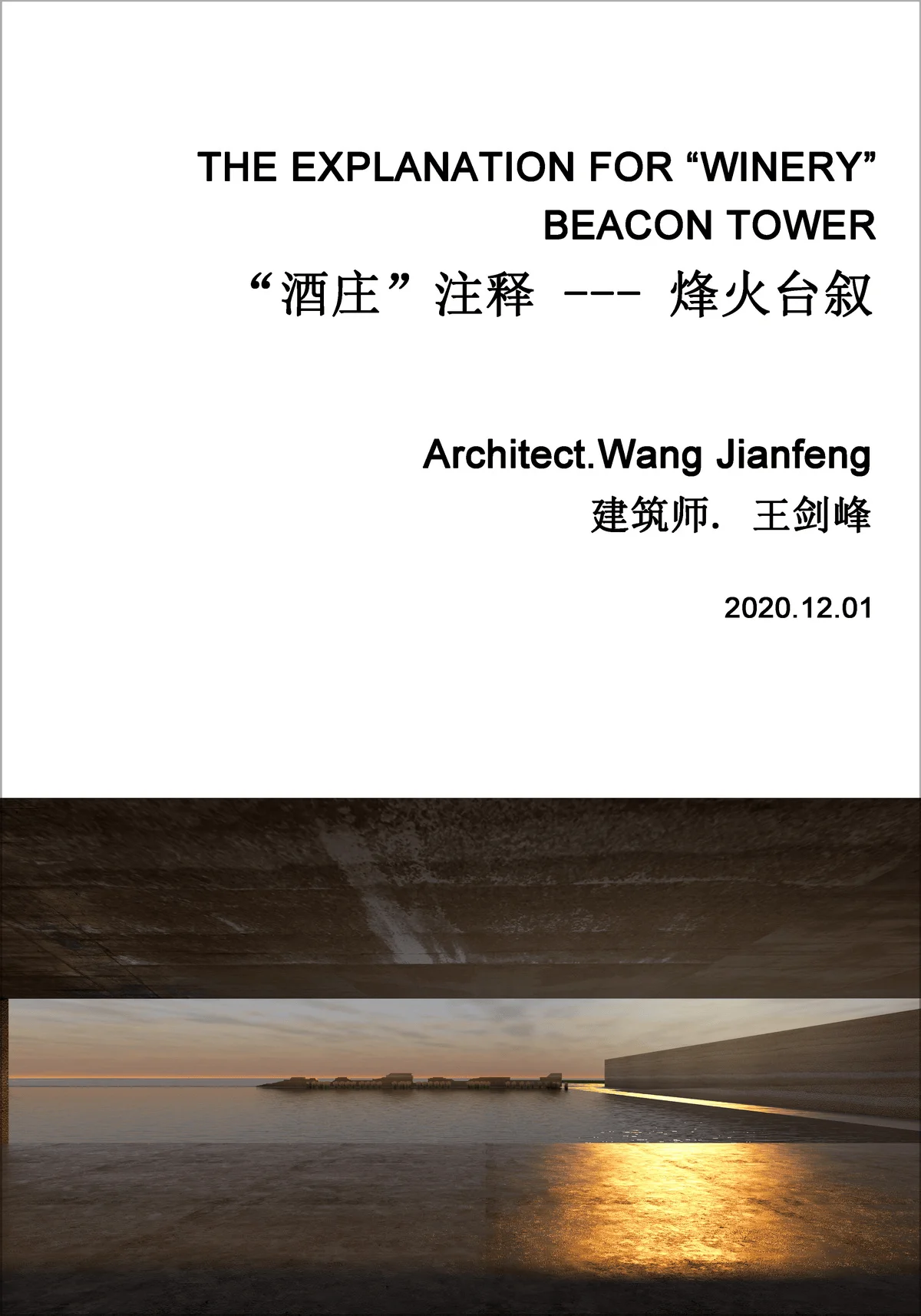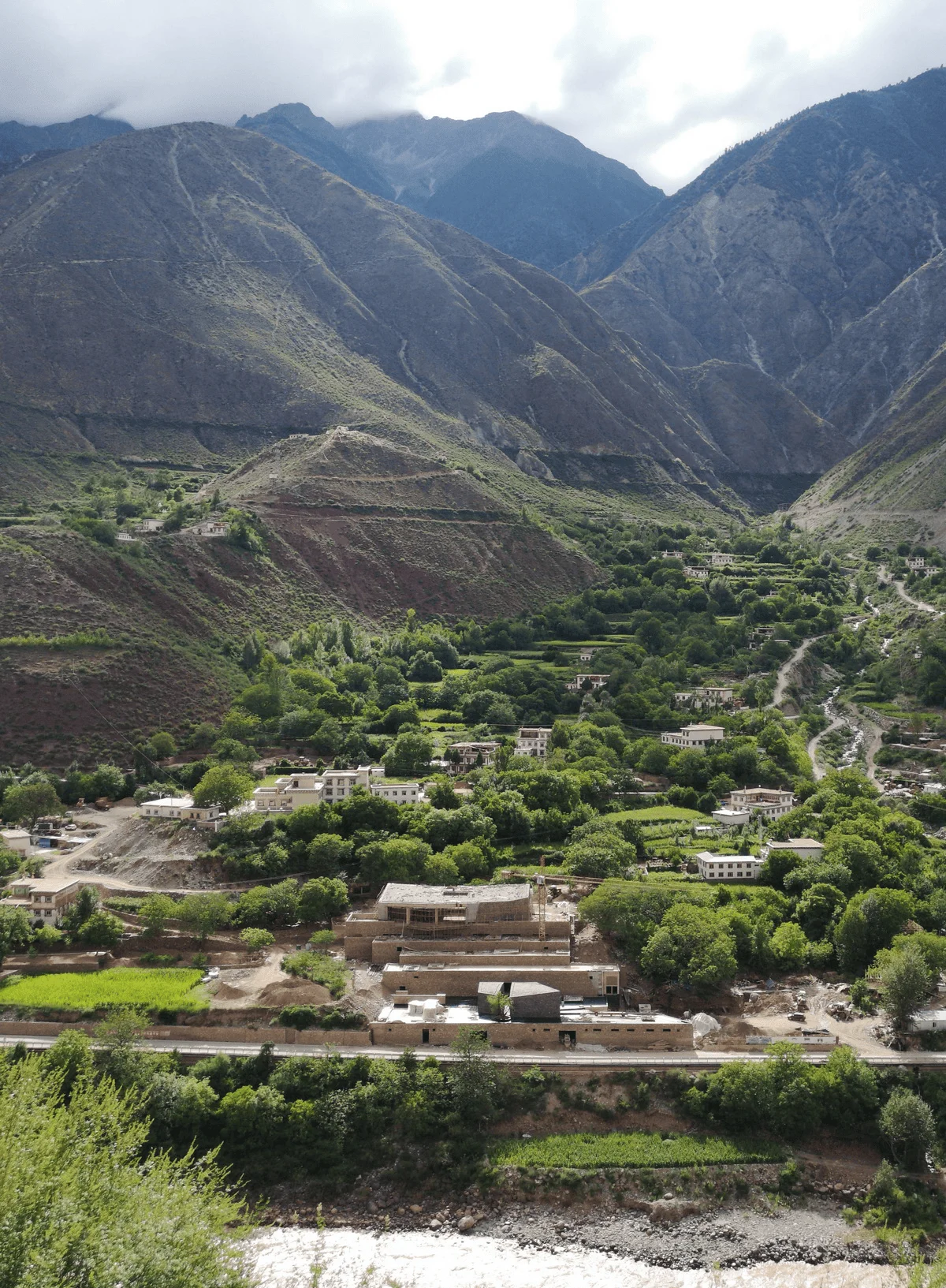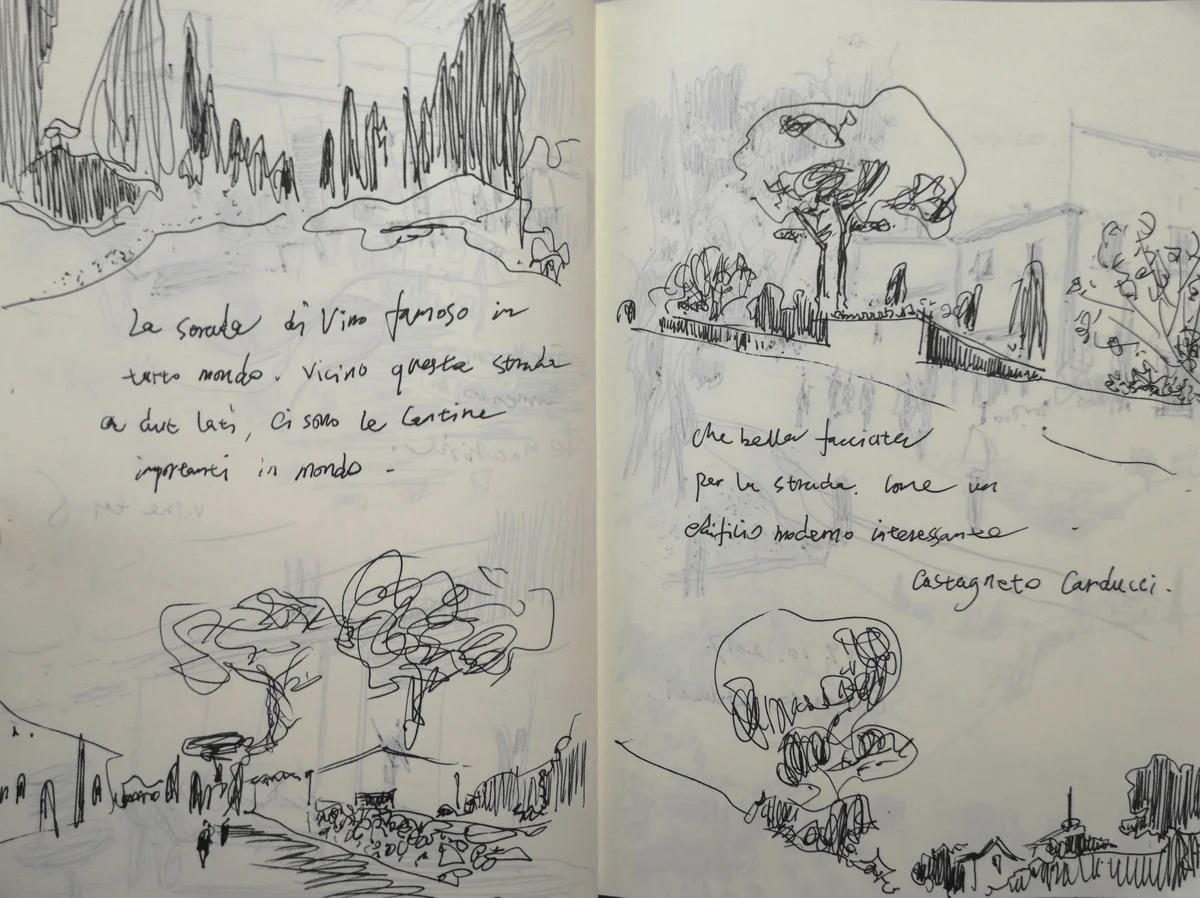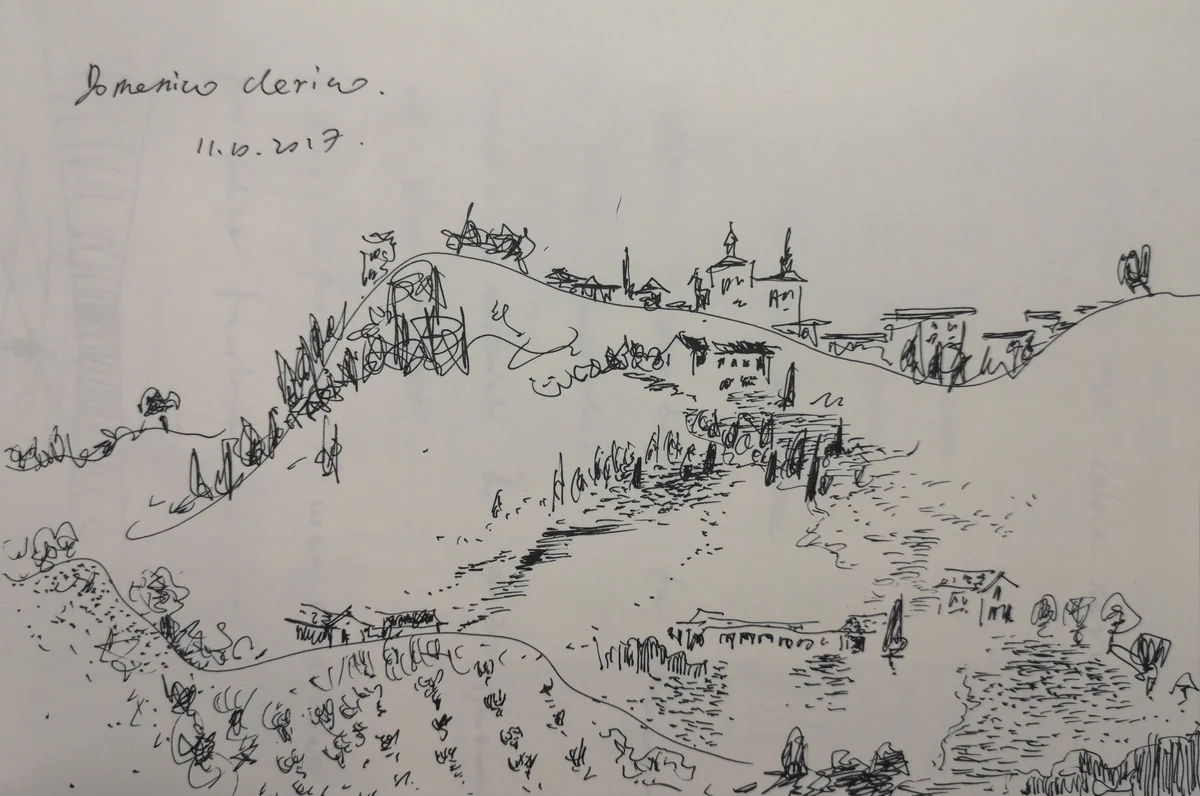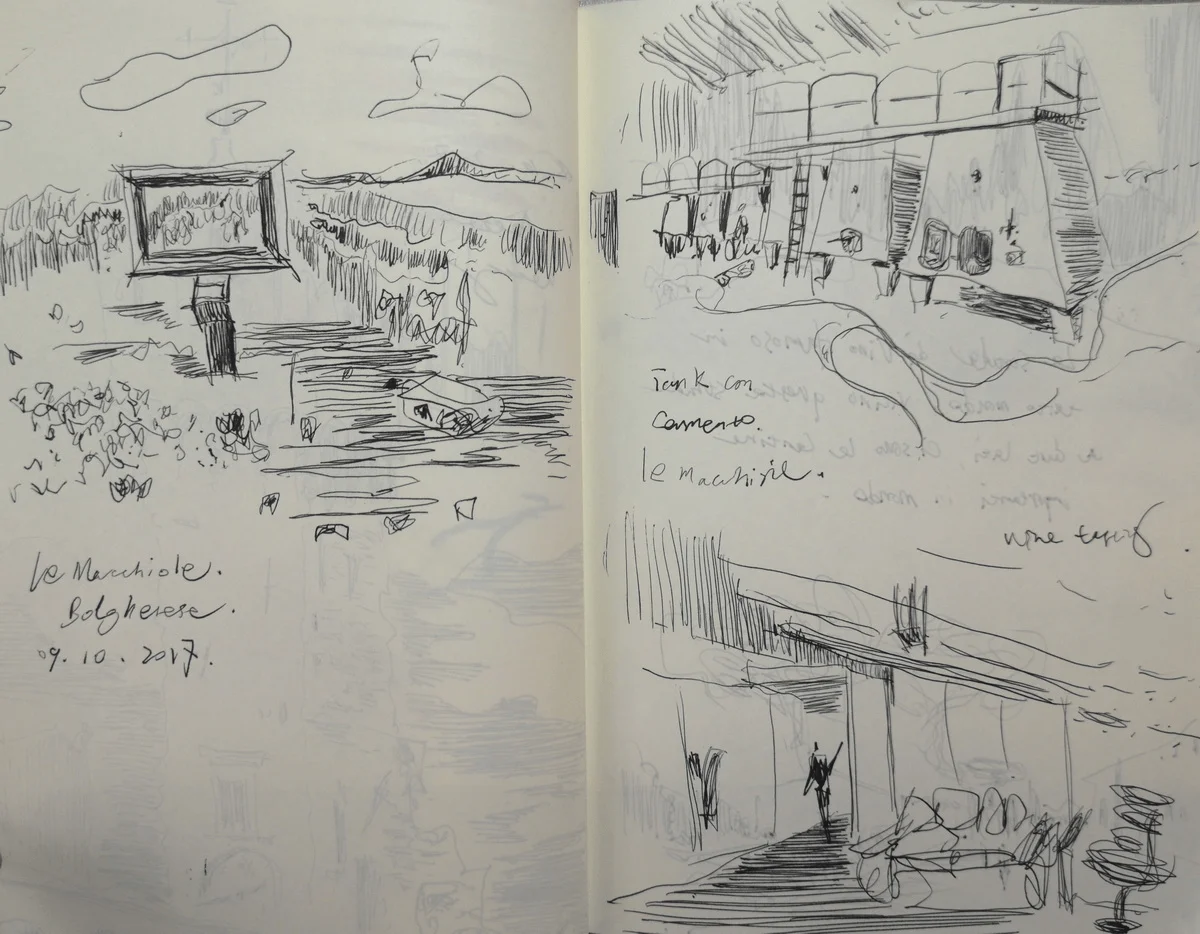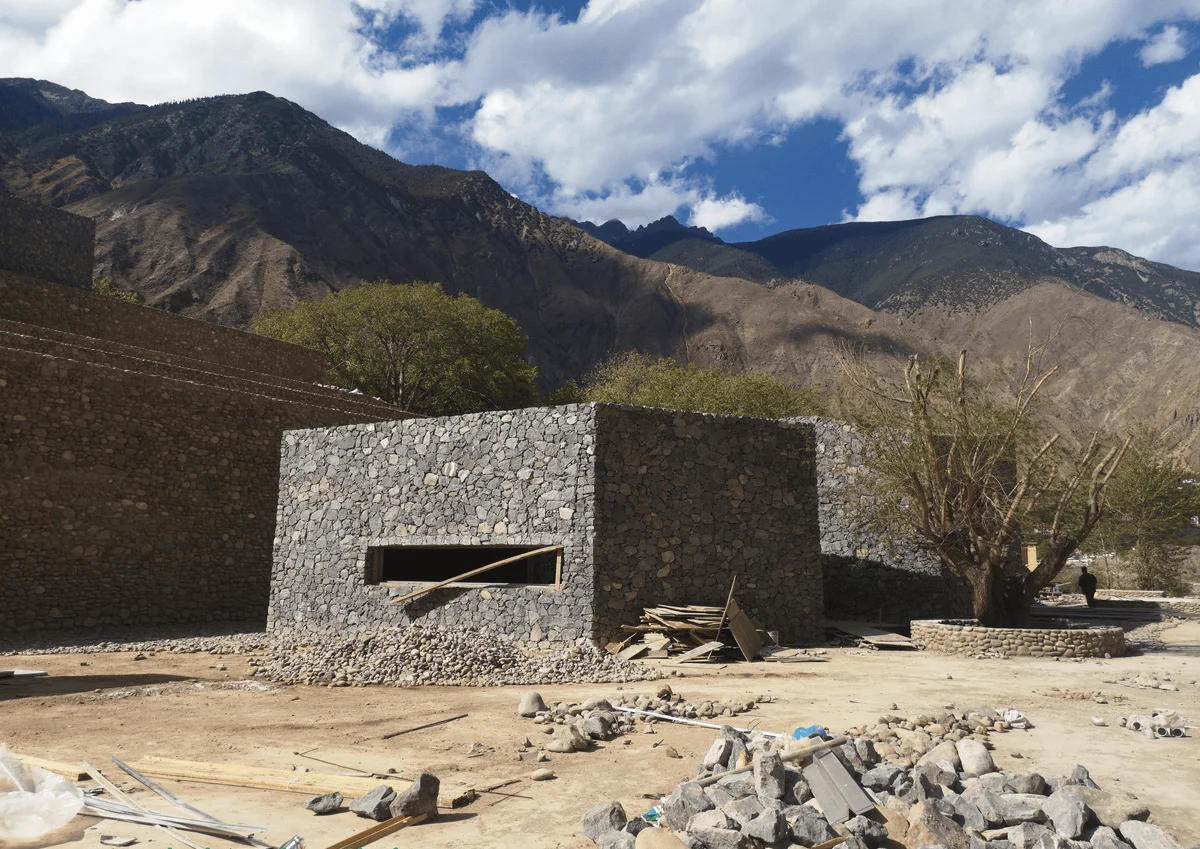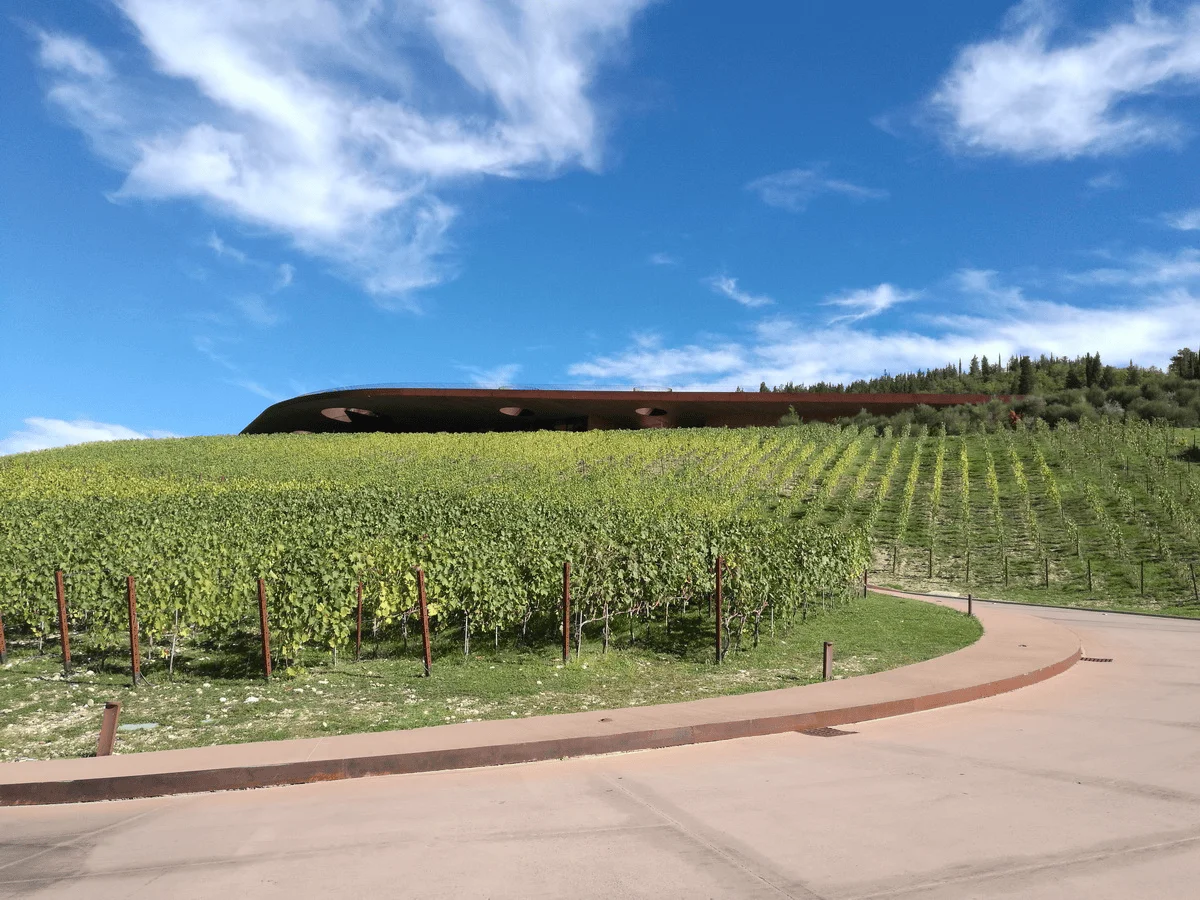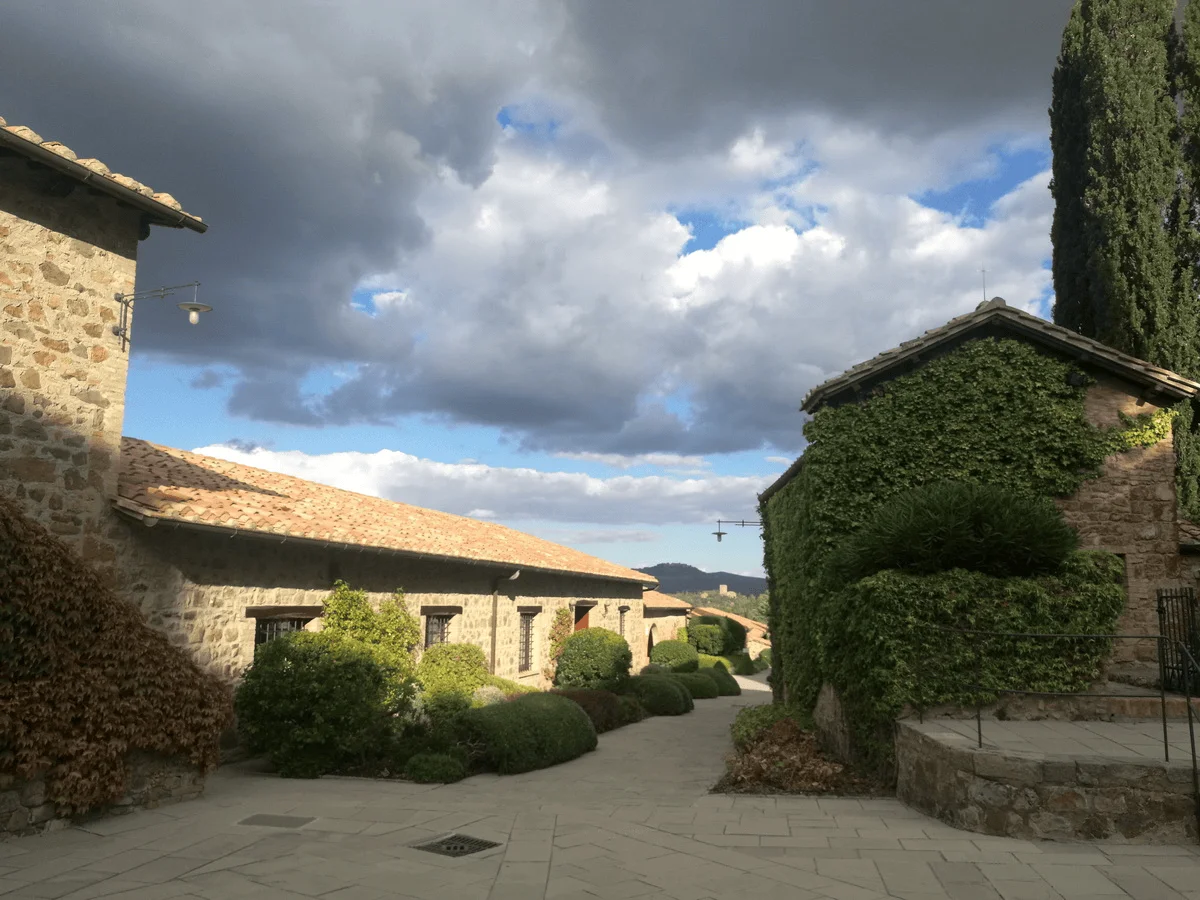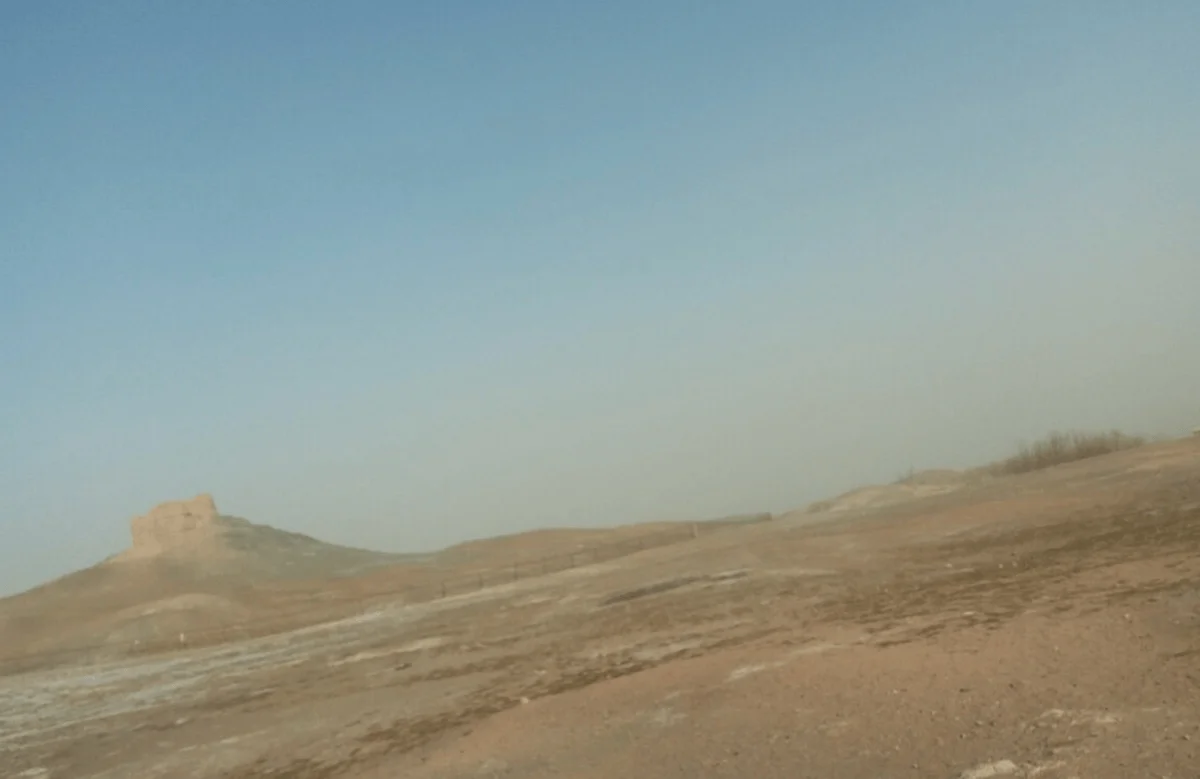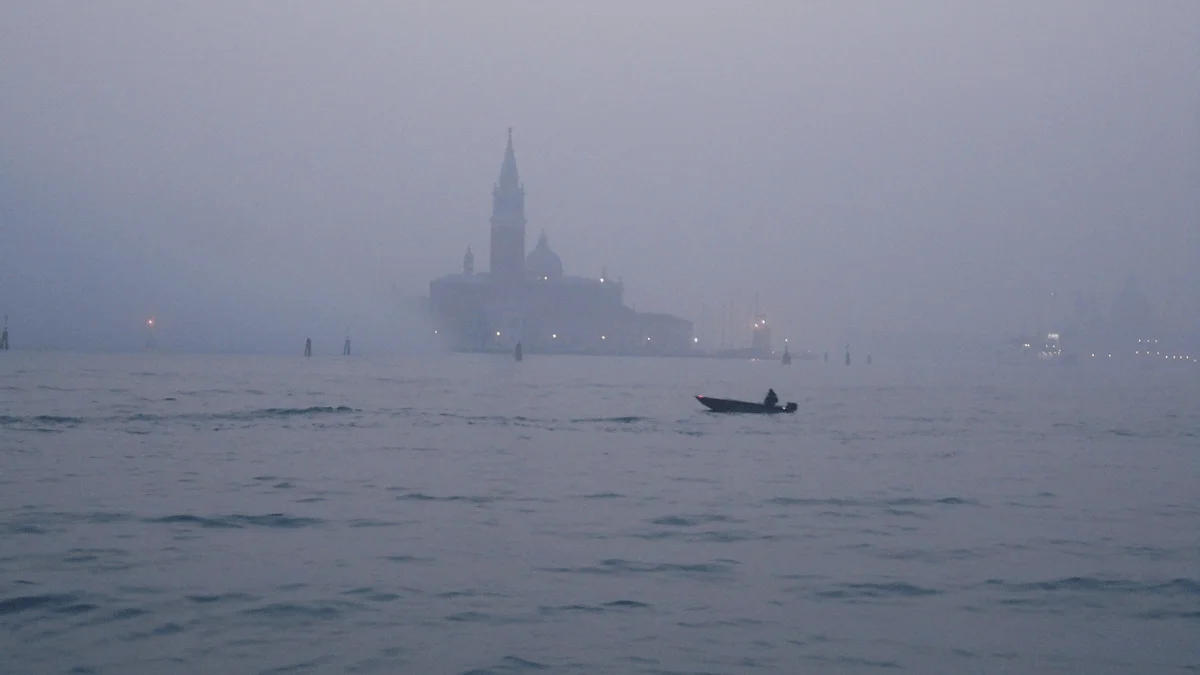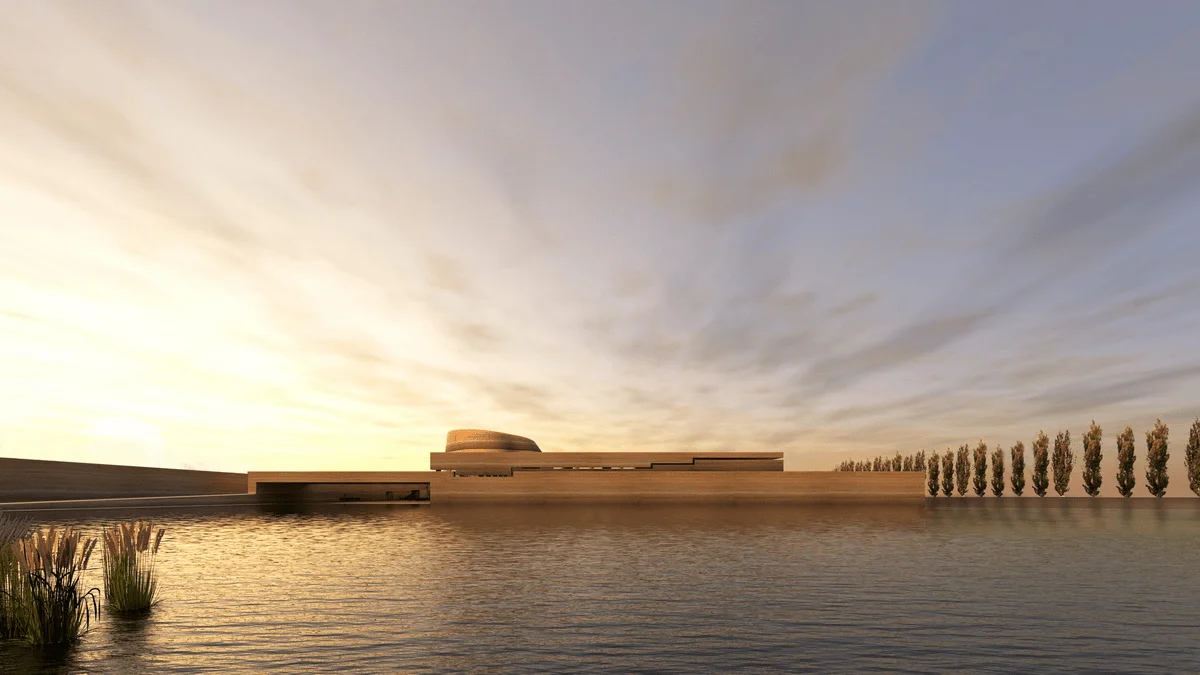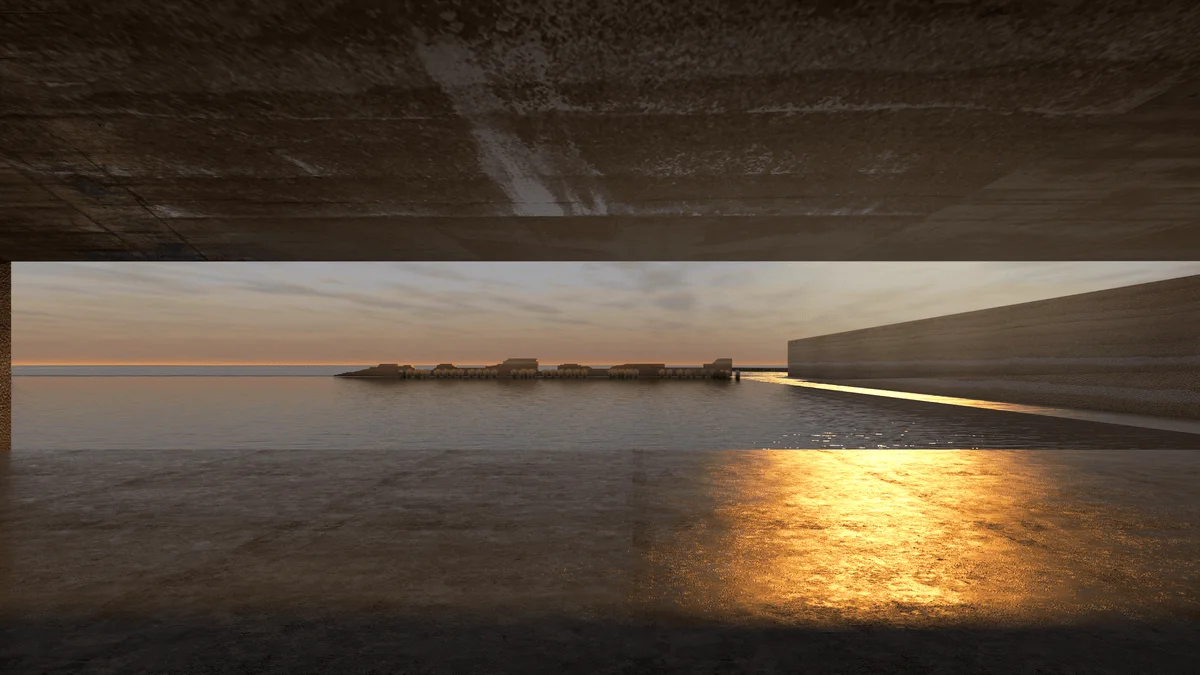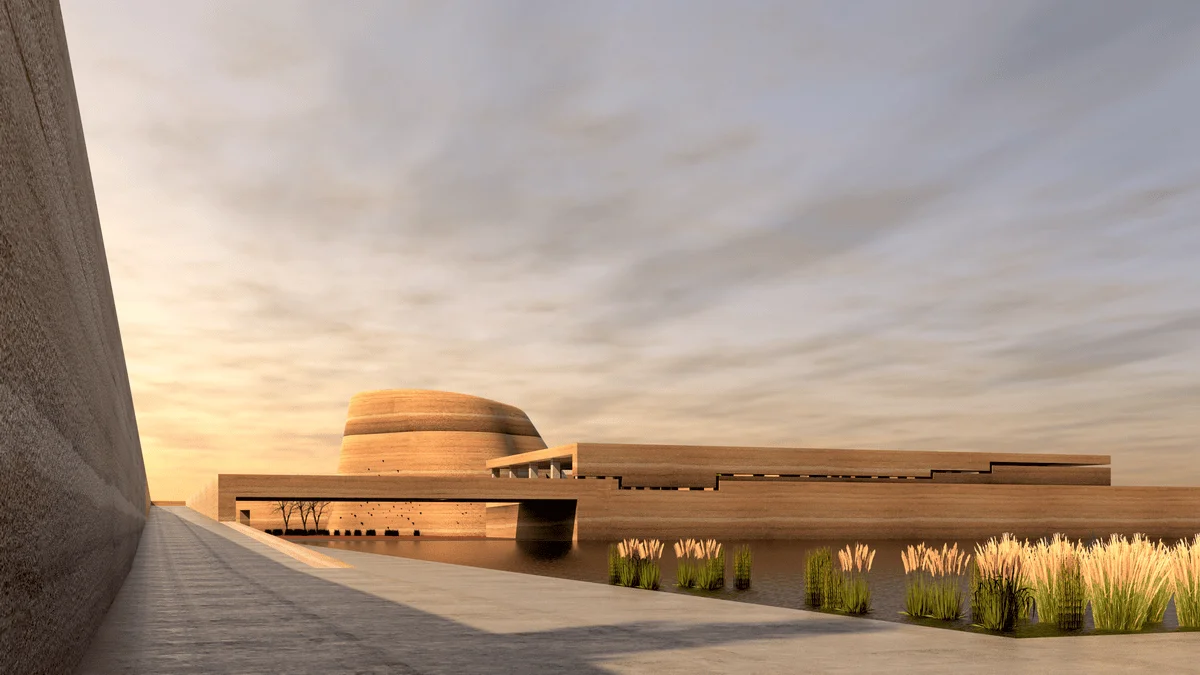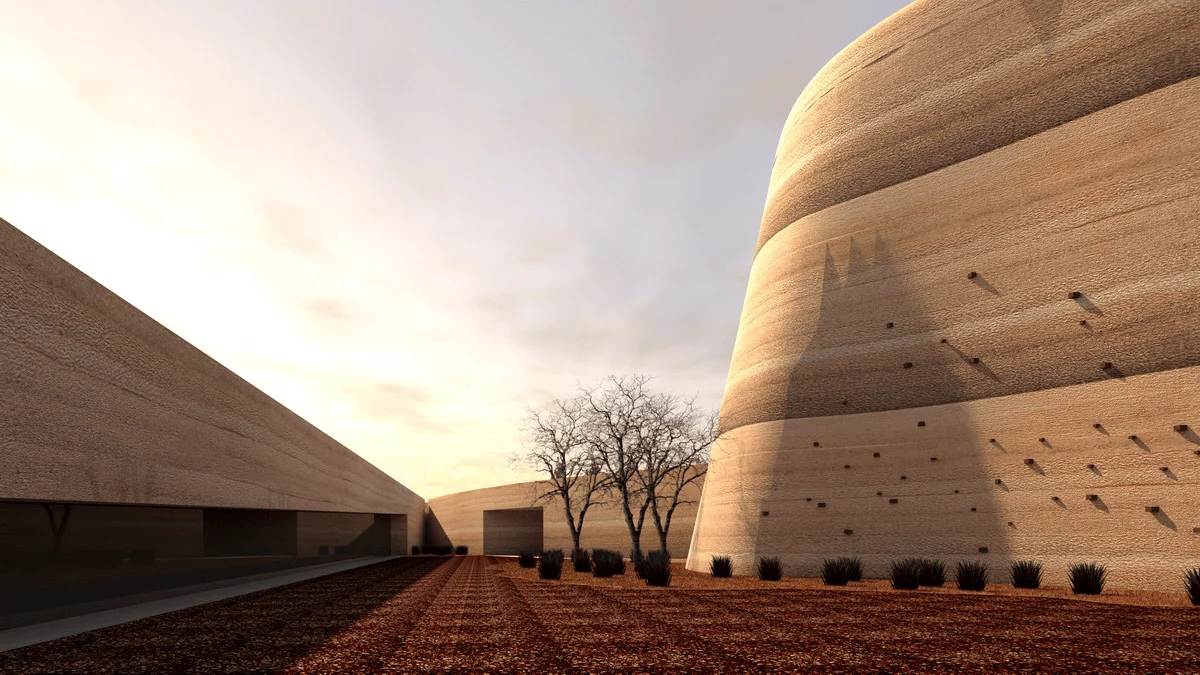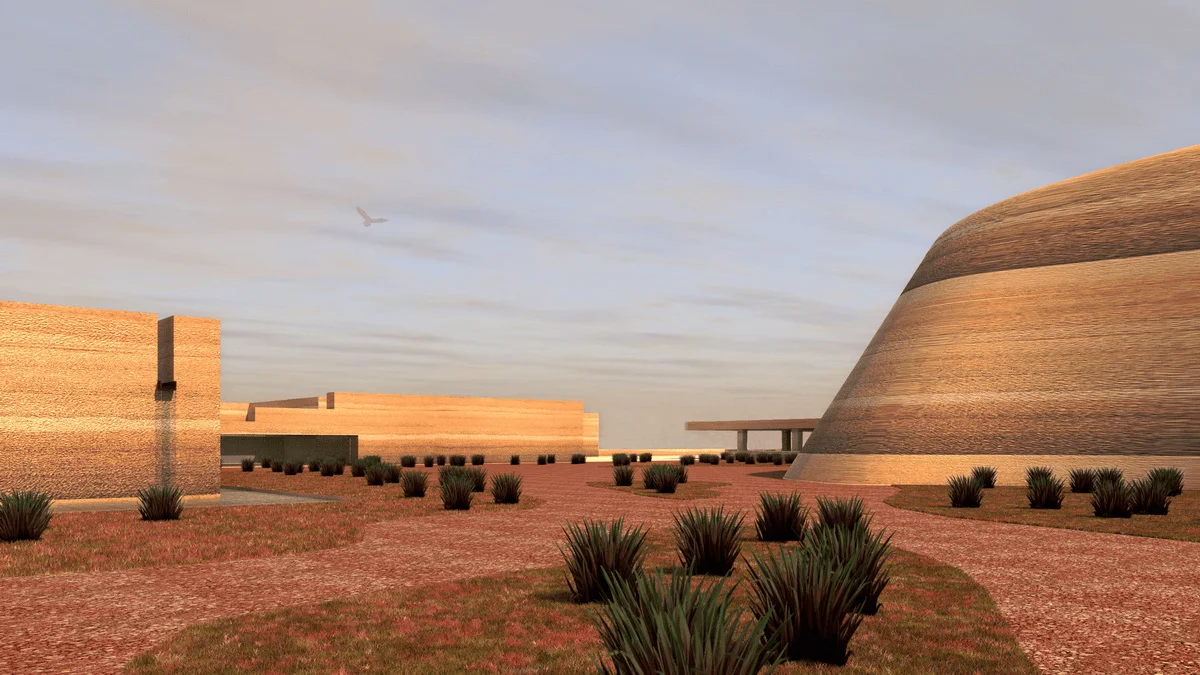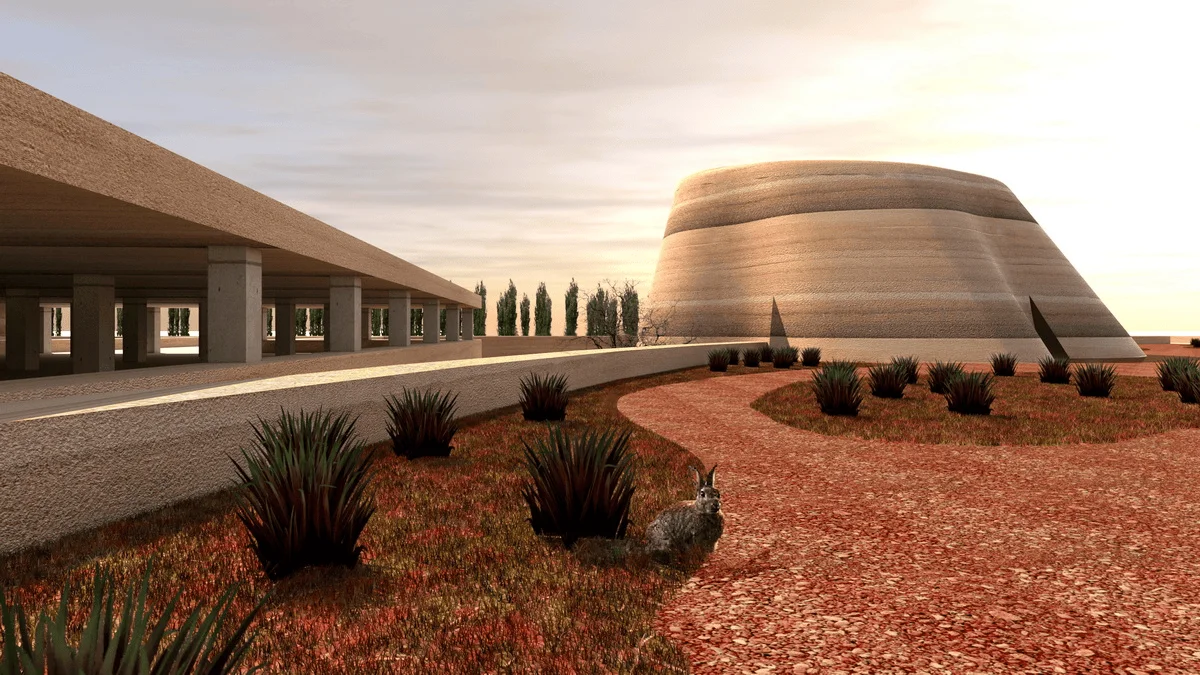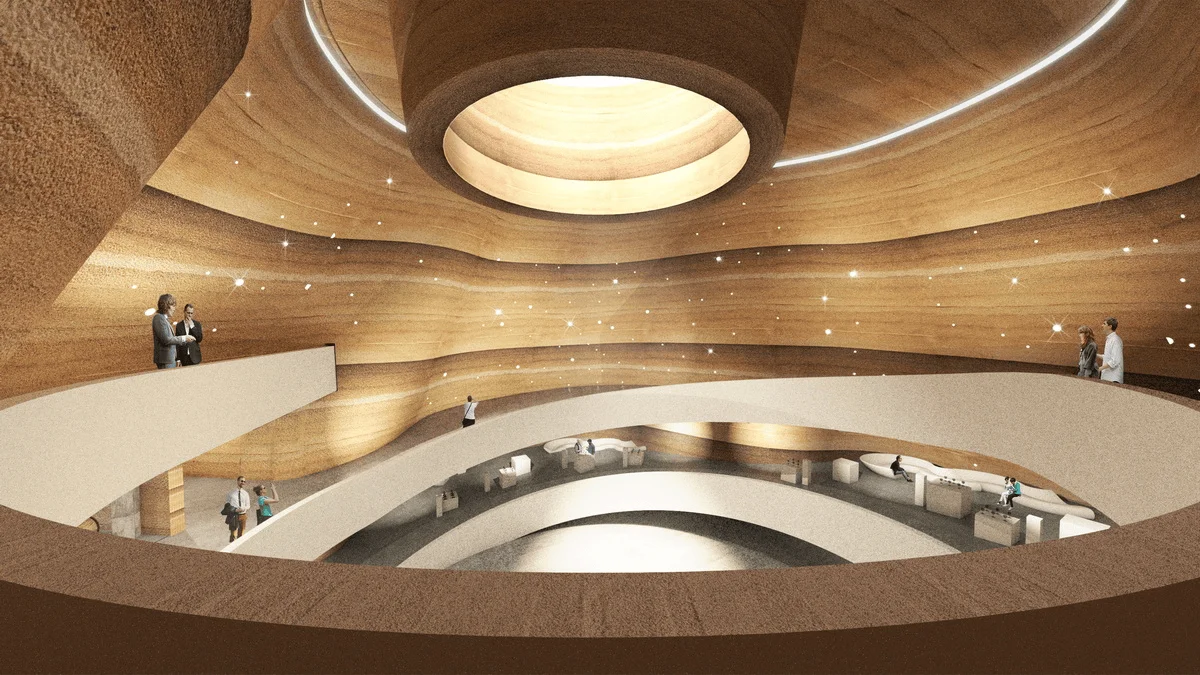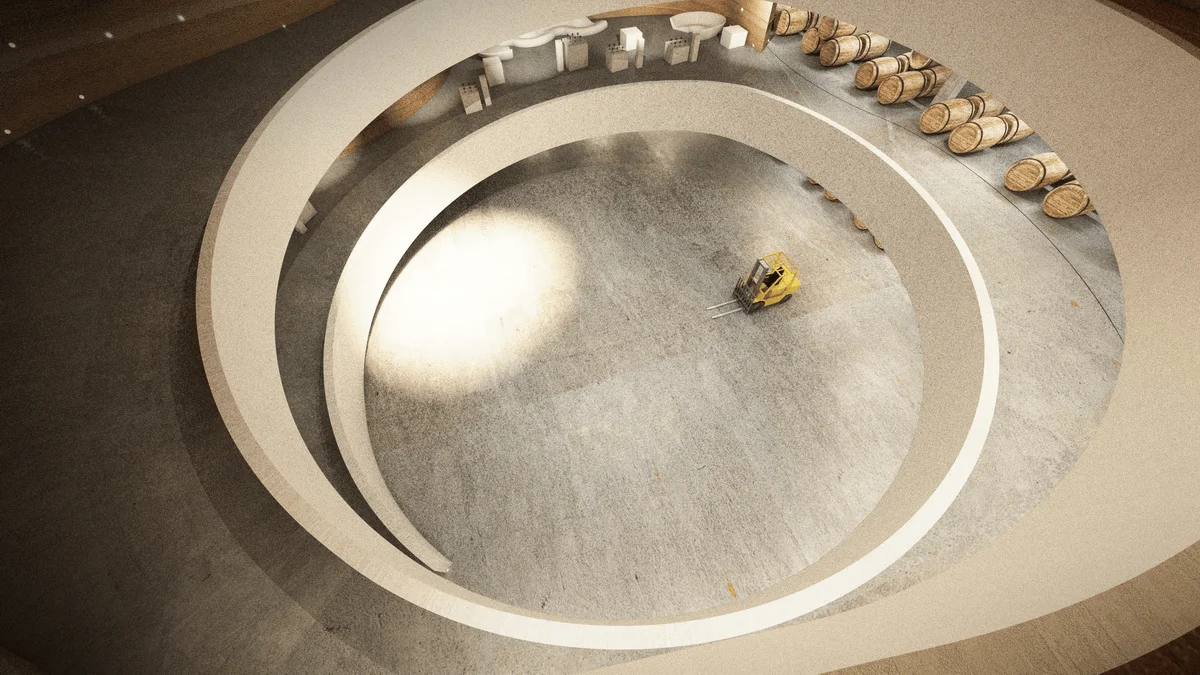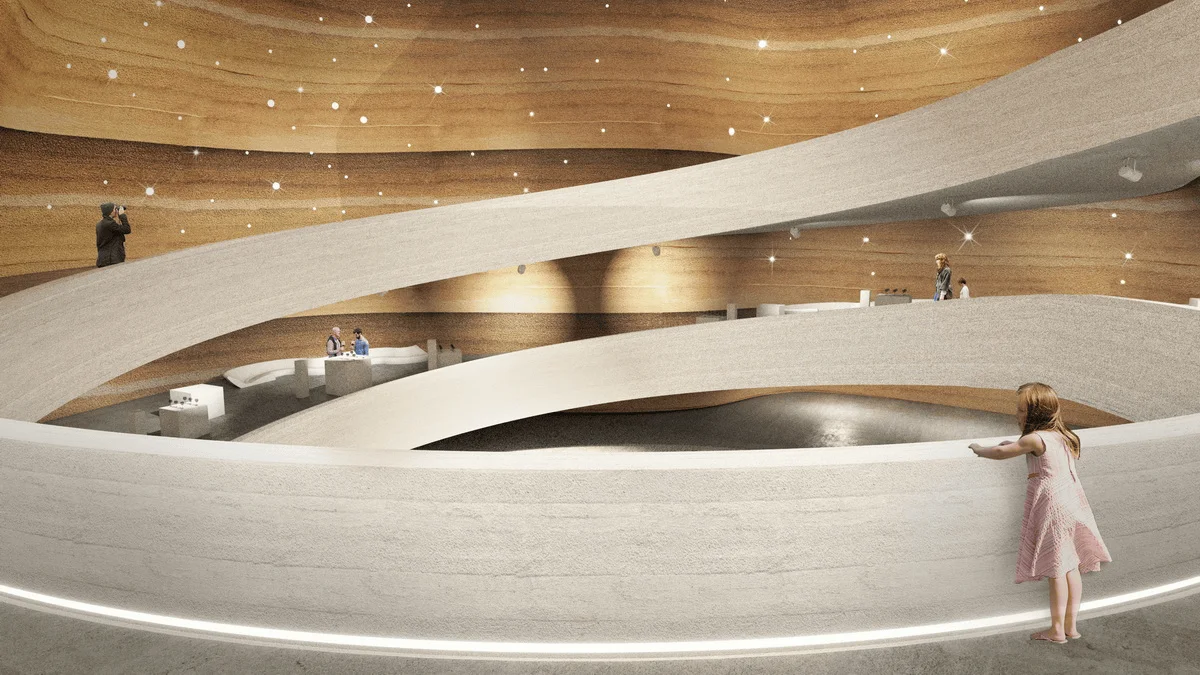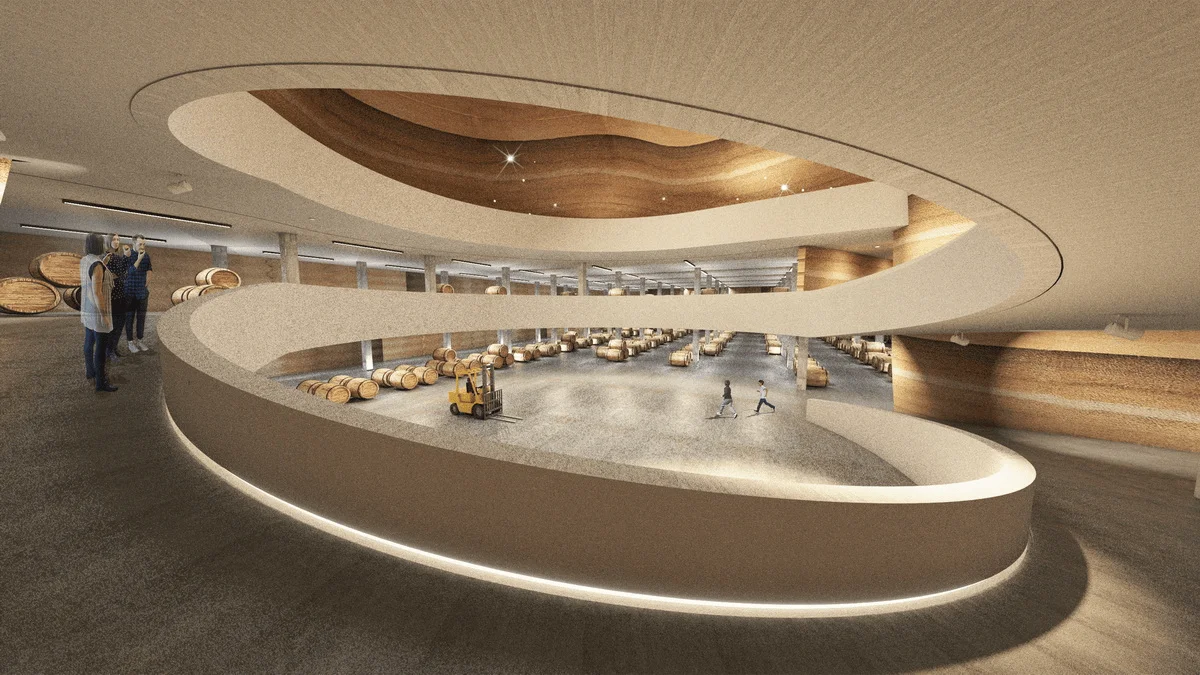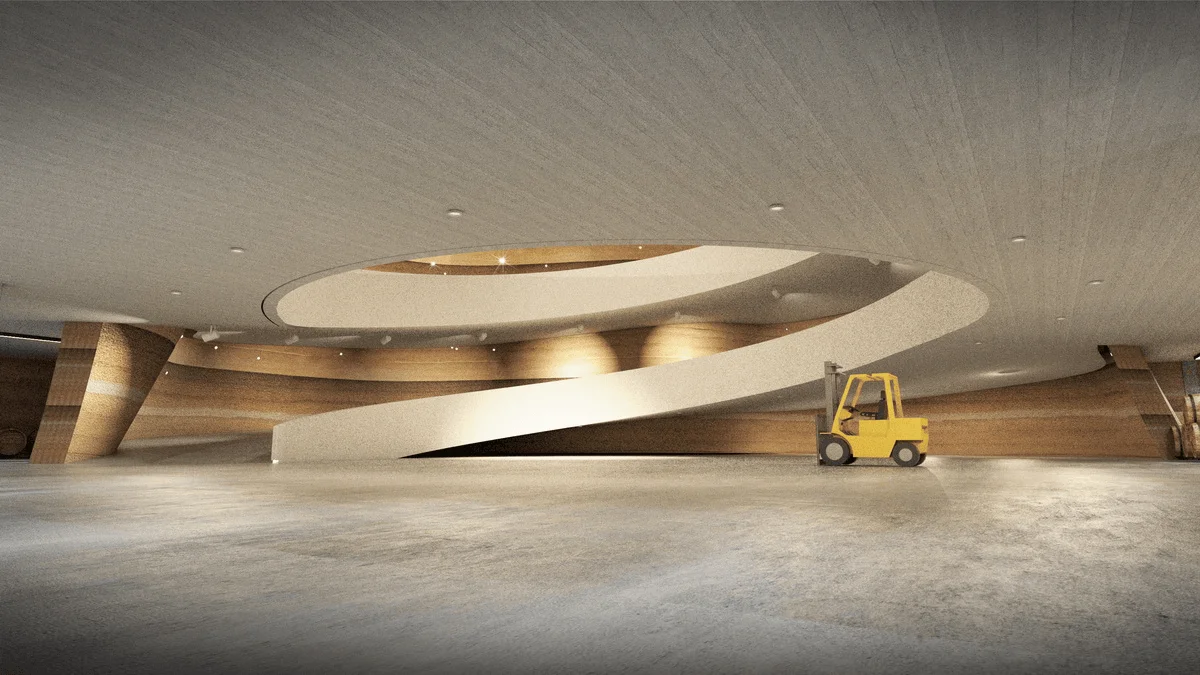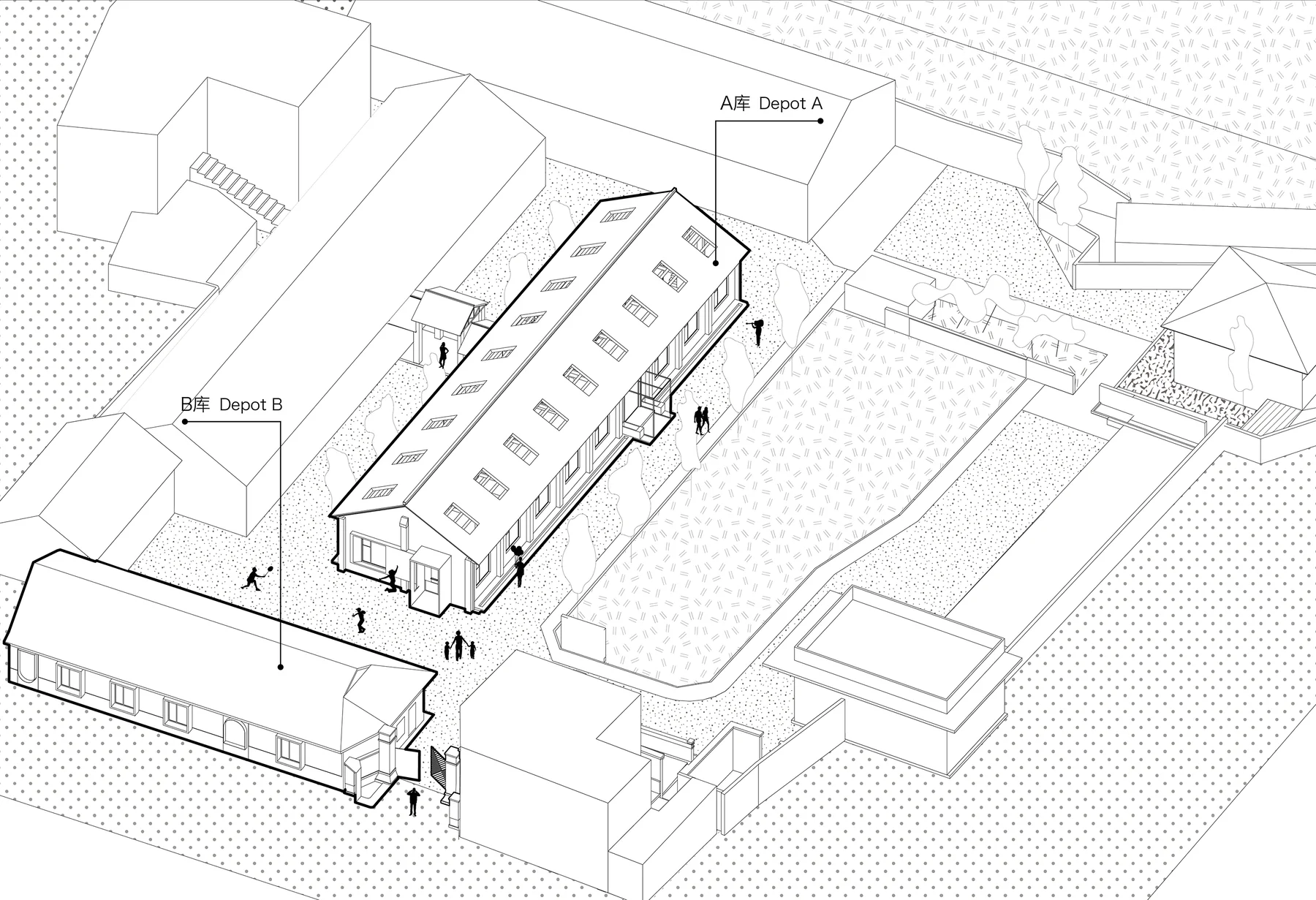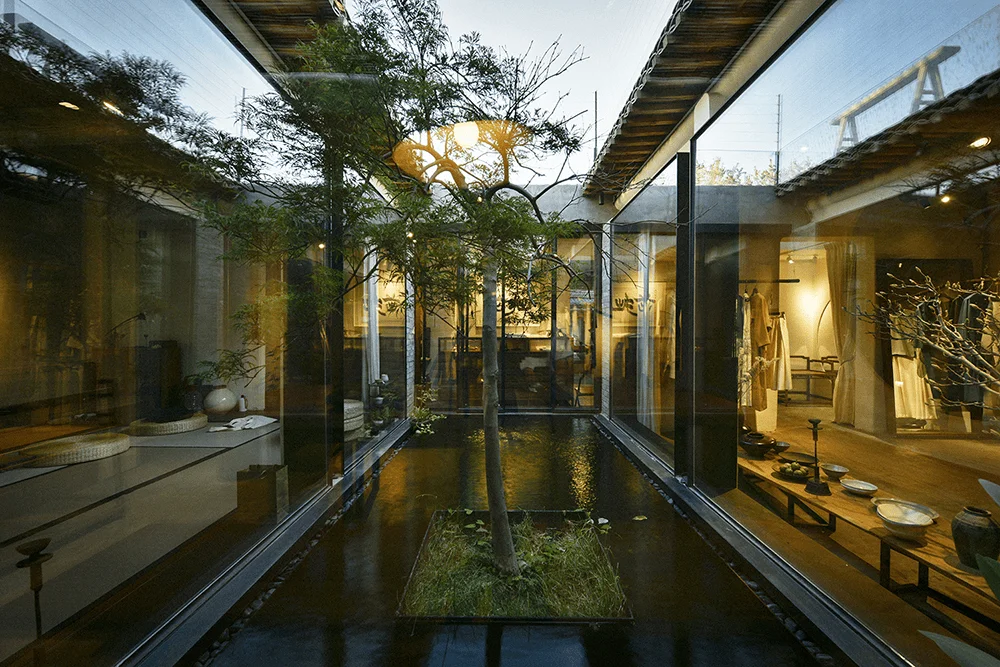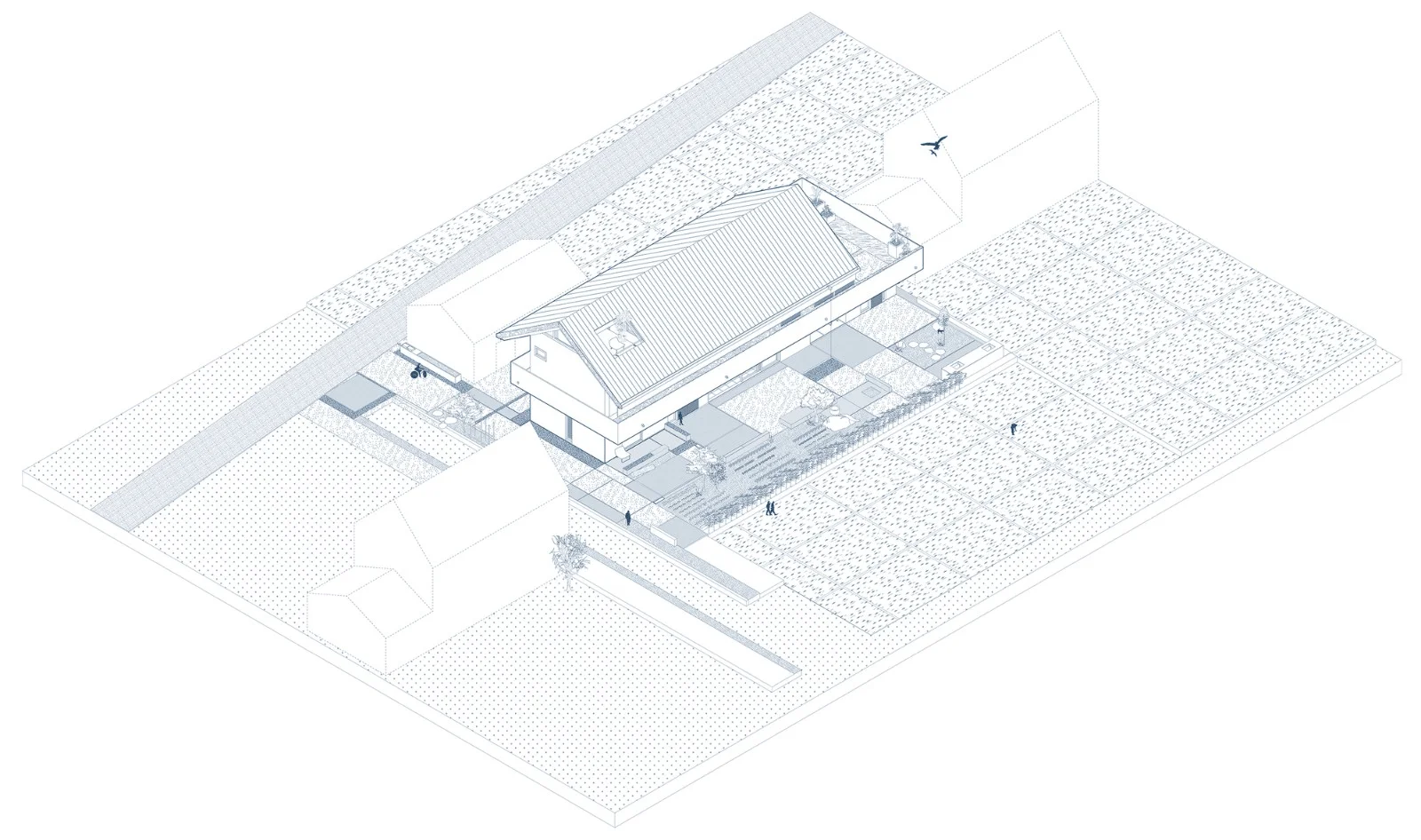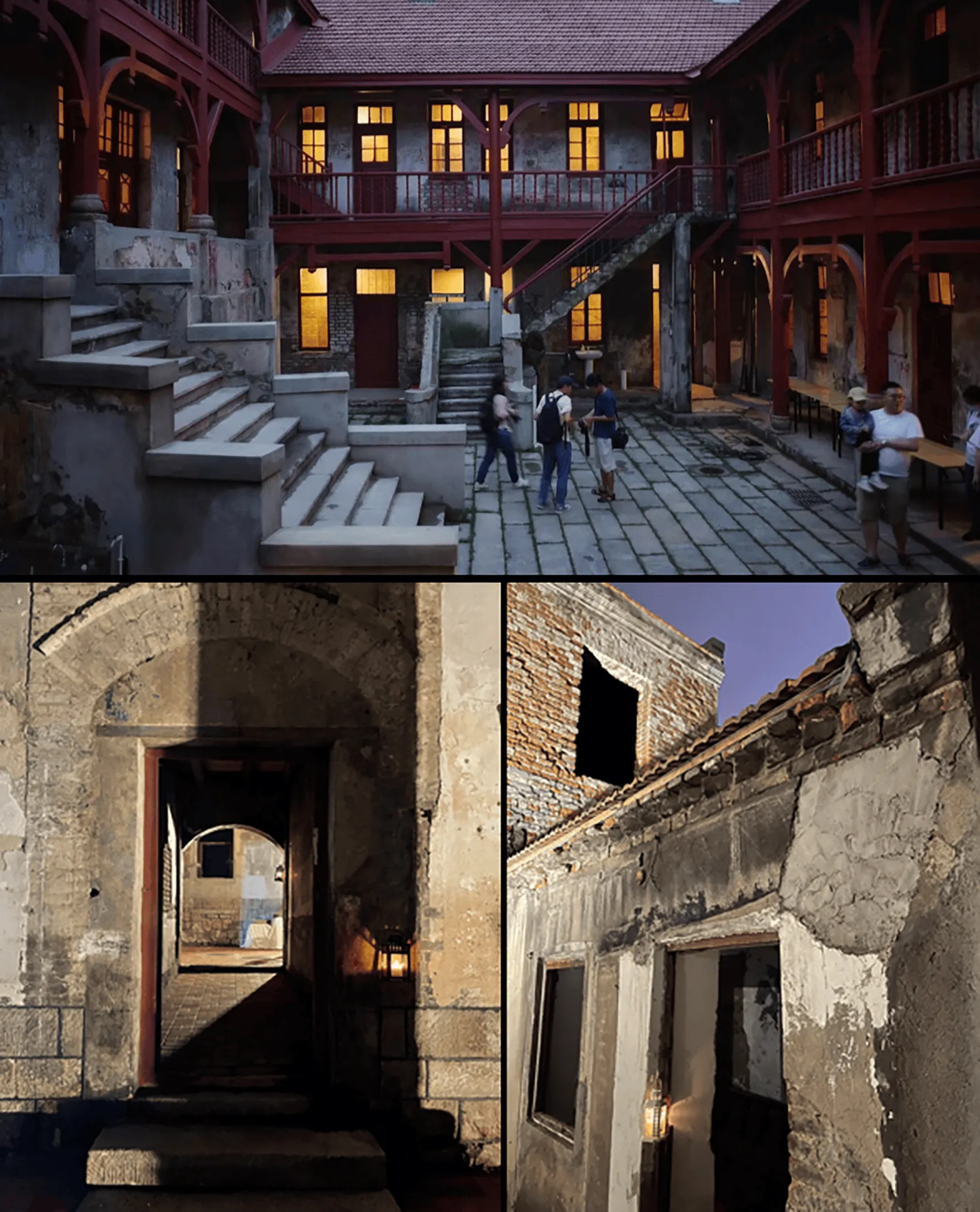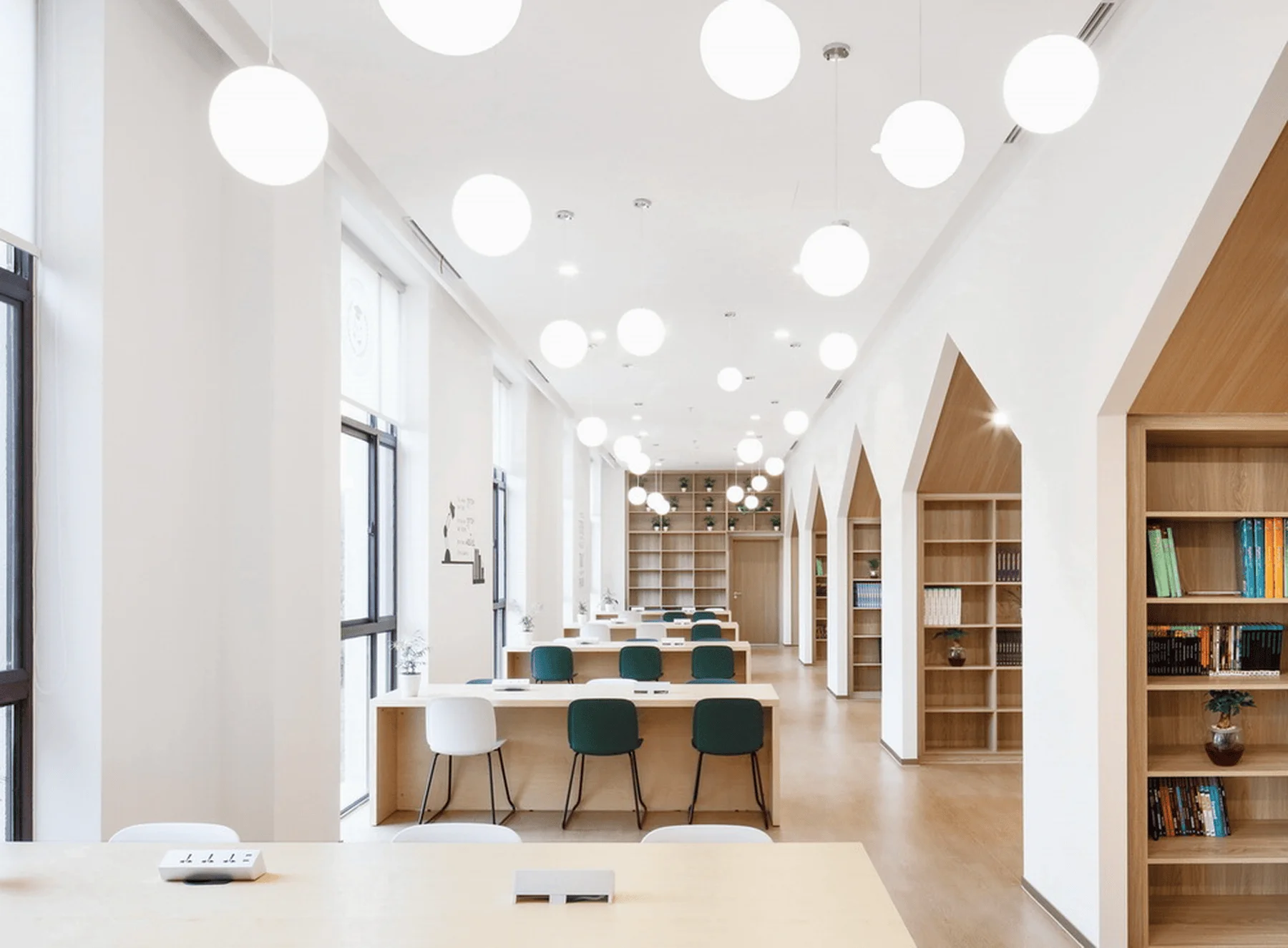The Guchengzi Winery, designed by PL-T Studio, is a testament to the architect’s philosophy of blending architecture, landscape, and culture into a harmonious fusion. Situated near the Tengger Desert in Ningxia, China, the project draws inspiration from the surrounding environment, incorporating elements of local history, traditions, and the very essence of winemaking itself. In this project, architect Wang Jianfeng emphasizes the importance of contextuality and a deep understanding of the site’s history and surrounding environment. He emphasizes a design that “grows only from this specific time and place” with no possibility of replication, a concept he refers to as “seeing the bigger picture through the small”. It is this focus on “specialness and difference,” while simultaneously catering to the needs of the public, that forms the foundation of Wang Jianfeng’s architectural approach.
The project is an exploration of a “boundary-blurring” state, a concept that resonates deeply with Wang Jianfeng’s interest in creating spaces that go beyond the traditional definitions of architecture. The Guchengzi Winery is not merely a building; it is a “scenario” that integrates seamlessly with its surroundings, creating a dialogue between the new and the old. The project is also a reflection of the challenges and difficulties faced by PL-T Studio in the architectural field, where they encounter various obstacles in the pursuit of their vision. These obstacles are not seen as setbacks but rather as opportunities for growth and learning.
The winery is a fascinating blend of contemporary design principles and traditional local craftsmanship. The design is characterized by its emphasis on “local humanity” and its subtle yet powerful integration with the surrounding landscape. The project is a thoughtful exploration of how a winery can be more than just a production facility. It can be a cultural center, a place where visitors can learn about the history of winemaking, the unique terroir of the region, and the artistry involved in crafting a fine wine. The project is a testament to the architect’s commitment to creating spaces that are both beautiful and functional, spaces that enrich the lives of the people who experience them.
The design is an ode to the region’s rich history and cultural heritage, with its inspiration drawn from the ancient ruins and fortifications that dot the nearby desert landscape. It also reflects the architect’s own journey, drawing parallels between his travels in Italy and his experiences in the Chinese countryside. This blend of cultural references is a subtle yet potent element of the project, creating a unique and engaging experience for visitors.
The Guchengzi Winery is a bold statement about the role of architecture in shaping the future. It is a testament to the power of design to connect with the past, present, and future. It is a project that celebrates the essence of place, the importance of craftsmanship, and the enduring legacy of human creativity.
Project Information:


